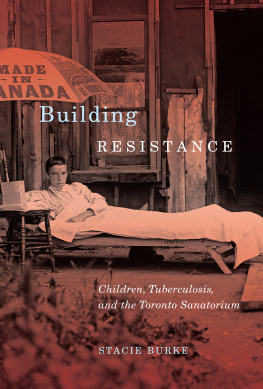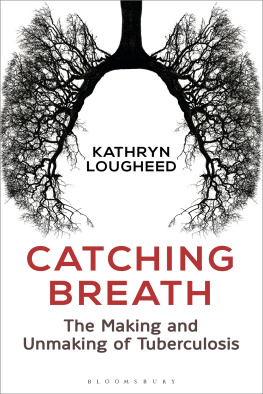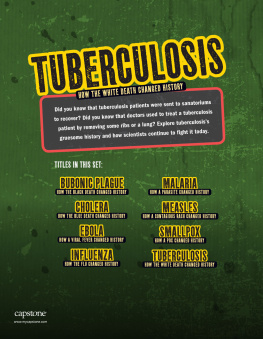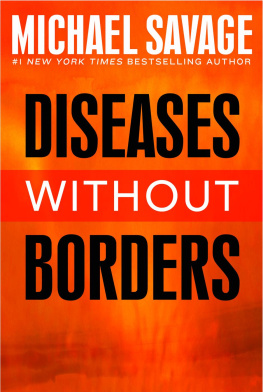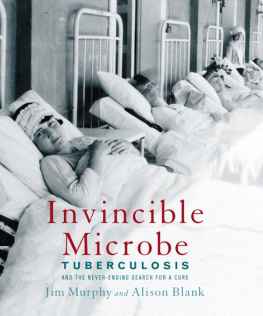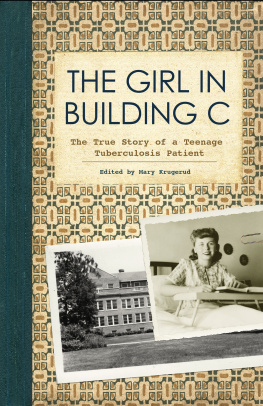
BUILDING RESISTANCE
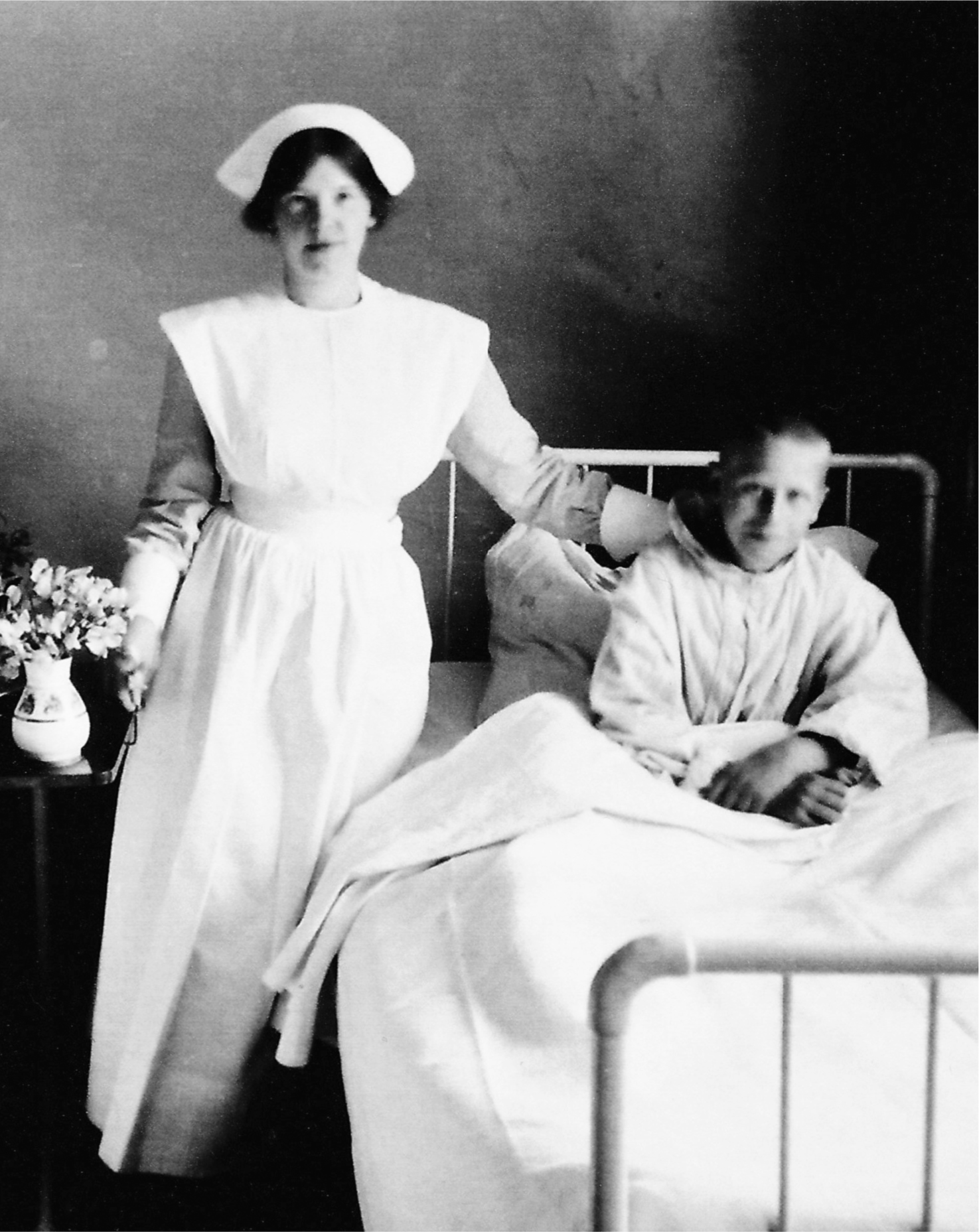

BUILDING RESISTANCE
Children, Tuberculosis, and the Toronto Sanatorium

Stacie Burke
McGill-Queens University Press
Montreal & Kingston London Chicago
McGill-Queens University Press 2018
ISBN 978-0-7735-5330-9 (cloth)
ISBN 978-0-7735-5331-6 (paper)
ISBN 978-0-7735-5381-1 (ePDF)
ISBN 978-0-7735-5382-8 (ePUB)
Legal deposit second quarter 2018
Bibliothque nationale du Qubec
Printed in Canada on acid-free paper that is 100% ancient forest free (100% post-consumer recycled), processed chlorine free
This book has been published with the help of a grant from the Canadian Federation for the Humanities and Social Sciences, through the Awards to Scholarly Publications Program, using funds provided by the Social Sciences and Humanities Research Council of Canada.

We acknowledge the support of the Canada Council for the Arts, which last year invested $153 million to bring the arts to Canadians throughout the country.
Nous remercions le Conseil des arts du Canada de son soutien. Lan dernier, le Conseil a investi 153 millions de dollars pour mettre de lart dans la vie des Canadiennes et des Canadiens de tout le pays.
Library and Archives Canada Cataloguing in Publication
Burke, Stacie, 1970, author
Building resistance : children, tuberculosis, and the Toronto sanatorium / Stacie Burke.
Includes bibliographical references and index.
Issued in print and electronic formats.
ISBN 978-0-7735-5330-9 (cloth).ISBN 978-0-7735-5331-6 (paper).
ISBN 978-0-7735-5381-1 (ePDF).ISBN 978-0-7735-5382-8 (ePUB)
1. Tuberculosis in children Ontario Toronto History 20th century. 2. Tuberculosis Treatment Ontario Toronto History 20th century. 3. Sanatoriums Ontario Toronto History 20th century. I. Title.
RC309.5.C3B87 2018 | 362.196995009713541 | C2017-908068-7 |
C2017-908069-5 |
This book was designed and typeset by studio oneonone in Sabon 10.5/14.
To my mom and dad, Dianne and Dennis, with love
Contents
Figures and Tables
Figures
.
.
.
.
.
.
.
.
.
.
.
.
.
.
.
.
.
.
.
.
.
.
.
.
.
.
.
.
.
.
.
.
.
.
.
.
.
.
.
.
.
.
.
.
.
.
.
.
.
.
.
.
.
.
.
Tables
Acknowledgments
You never know where inspiration will strike. In the late 1990s, nearing the completion of my PhD, I enjoyed my regular Wednesday afternoon distraction at a local country auction in Ontario. One particular Wednesday, I came home with an old photo album, filled with photographs of an anonymous familys memories, probably dating to the 1930s or 1940s. All of the expected photos were there kids, pets, family portraits, holidays but there were also unusual photographs of women and men in pyjamas and housecoats, sometimes posed for pictures on a balcony, others in beds. Without doubt, the photos were taken in some sort of institution, and my curiosity was piqued. The people looked happy, smiling for the camera, and seemingly not ill, at least not in any noticeable way. But they were in their pyjamas, and that seemed odd. As someone interested in health, disease, and history, I strongly suspected that these were photos capturing moments at a tuberculosis sanatorium, possibly the old sanatorium that had existed in nearby Gravenhurst. To make a long story short, I traced the provenance of the photos to a tuberculosis sanatorium in southern Ontario. In the process of figuring this out, my inquiries took me to the Archives of Ontario and, from there, I was directed to West Park Healthcare Centre, the health-care institution that had evolved out of the Toronto tuberculosis sanatorium. West Park had made great efforts to curate its long history, establishing a remarkable institutional archive. Putting together a research proposal, undertaking ethics reviews, and applying for funding, with the support of West Park, a new project was born. I would like to extend my sincere gratitude to West Park Healthcare Centre for supporting this research, and to acknowledge West Parks amazing staff for their kind and expert assistance, particularly as the years rolled by.
There are a number of people that I wish to recognize for their support and assistance with this project, particularly Larry Sawchuk and Ann Herring, who have always been such a tremendous source of inspiration and encouragement. For reading selected chapters and providing valuable feedback, I would like to thank Ann Herring, Brenda Chow, and Clay Hammett. For the maps, I am grateful to Richard Maaranen for his expertise. This research was greatly enriched by the skilled assistance of staff at the City of Toronto Archives, the Archives of Ontario, the University of Toronto Archives, and the Fisher Rare Book Library, University of Toronto.
This research would not have been possible without funding provided by the Social Science and Humanities Research Council of Canada. I am also grateful for the support of the Awards to Scholarly Publications Program (Federation for the Humanities and Social Sciences), which provided critical funding for the publishing of this book.
At McGill-Queens University Press, I will be forever grateful to Mark Abley, the acquisitions editor who offered such a positive and encouraging response to the book proposal that I submitted to the press. Through the years that this manuscript was in preparation, peer review, and revisions, Mark always had kind, thoughtful, and encouraging words, and the very best advice to guide me through the complexities. There would likely not be a book, were it not for Mark. To the three anonymous peer reviewers, I owe a debt of gratitude for their detailed and constructive feedback, helping me to see the manuscript from different perspectives and to think more deeply about disciplinary, theoretical, and methodological issues. The reviewers played a critical role in improving the manuscript and for that, I am truly grateful. As the manuscript moved towards publication, I engaged with more of the McGill-Queens University Press team, and it was a true pleasure to have the opportunity to work with them. For his fantastic skills and diligence in copy-editing, I owe a debt of gratitude to Ian MacKenzie.
Finally, and more personally, I am grateful to my family, friends, and colleagues for their support and understanding as tuberculosis and the writing of this book occupied my days. For his constant love and support, I thank my wonderful husband, Bill Imperial.
BUILDING RESISTANCE
CHAPTER 1
Building Bodies of Resistance
Going to a hospital resembles a journey to a foreign, exotic land, an often too common pilgrimage in which patients cross into a world of strange rites, miraculous interventions, and frequent death.
Next page
